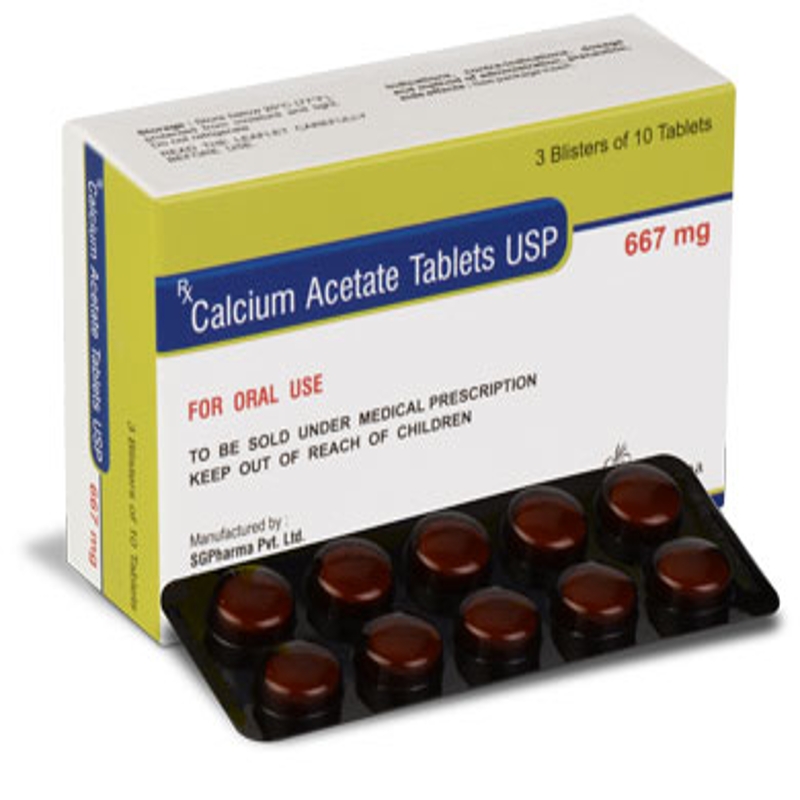-
Categories
-
Pharmaceutical Intermediates
-
Active Pharmaceutical Ingredients
-
Food Additives
- Industrial Coatings
- Agrochemicals
- Dyes and Pigments
- Surfactant
- Flavors and Fragrances
- Chemical Reagents
- Catalyst and Auxiliary
- Natural Products
- Inorganic Chemistry
-
Organic Chemistry
-
Biochemical Engineering
- Analytical Chemistry
-
Cosmetic Ingredient
- Water Treatment Chemical
-
Pharmaceutical Intermediates
Promotion
ECHEMI Mall
Wholesale
Weekly Price
Exhibition
News
-
Trade Service
Peripheral T-cell lymphoma (PTCL) is a group of highly heterogeneous mature lymphoproliferative disorders that account for approximately 10% of newly diagnosed lymphomas
worldwide.
With the exception of ALK+ anaplastic large cell lymphoma (ALCL), patients with PTCL generally have a poor
prognosis.
In recent decades, the standard treatment regimen for most T-cell non-Hodgkin lymphoma (NHL) has been cyclophosphamide, doxorubicin, vincristine, and prednisone (CHOP).
However, in the absence of an effective second-line treatment regimen, patients who develop disease progression or recurrence have a worse
prognosis.
Studies have shown that etoposide plus CHOP (CHOEP) regimens prolong progression-free survival (PFS) in white patients aged < 65 years, but the effect on overall survival (OS) is unclear<b14>.
In addition, young and transplant-friendly patients typically receive myeloablative autologous hematopoietic stem cell transplantation (ASCT) as consolidation therapy
in the first remission.
However, the exact effect of ASCT on OS in patients with PTCL is unclear
.
Since 2009, Dutch researchers have added etoposide to the CHOP regimen and used ASCT as consolidation therapy in first-line therapy
.
However, there is a lack of randomized trials to verify the effect of
etoposide and ASCT on OS in patients with PTCL.
Based on this, the researchers conducted a population-based Dutch national study to evaluate the effects
of etoposide and ASCT on OS in patients aged < 65 years with three major PTCL subtypes (ALCL, angioimmunoblastic T-cell lymphoma [AITL], and PTCL non-specific [PTCL NOS]).
methods
Inclusion Criteria: (1) 18 years ≤ age < 65 years; (2) ALCL, AITL and PTCL NOS<b10> diagnosed in stages II-IV in the Netherlands Cancer Registry (NCR) between January 1, 1989 and December 31, 2018.
According to the time, the study population from 1989-2018 was divided into two groups (1989-2008 and 2009-2018), representing two different therapeutic eras
before and after the implementation of etoposide and ASCT in the Netherlands T cell NHL, respectively.
A analysis compared the differences in survival before and after etoposide and ASCT in patients diagnosed between 1989 and 2018 (ALK+ALCL, ALK-ALCL, ALCL, AITL, and PTCL NOS
).
B and C analyses evaluated the effects of
etoposide and ASCT on patient survival, respectively.
The primary endpoint was patient OS, and the secondary endpoint was the patient's best response to first-line therapy, i.
e.
, complete response (CR), partial response (PR), or disease stabilization/progression
.
Research results
A analysis: comparison of pre- and post-survival of etoposide and ASCT
A total of 1427 patients with advanced PTCL aged < 65 years were included in the analysis, including ALCL 504 (35%), AITL 294 (21%), and PTCL NOS 629 (44%)<b10>.
Baseline characteristics of patients are shown in Table 1, with males being more numerous (62%) and a median age of 52 years (range, 18-64 years)
for all patients.
The proportion of patients receiving chemotherapy alone (without ASCT) decreased in 2009–2018 compared with 1989–2008 (75 versus 57 percent
).
This suggests that the combination of chemotherapy + ASCT is increasingly used in first-line treatment of PTCL (5 versus 31 percent; P<0.
01)
。
Table 1
The 5-year OS rate across the cohort was 43% (range, 41%-46%) with a median follow-up of 28.
9 months (range, 0.
03-383 months).
The five-year OS rate in patients before and after etoposide and ASCT increased significantly from 39% (95% CI, 35% to 42%) to 49% (95% CI, 45% to 53%); P<0.
001) (Figure 1A).
<b11> Patients with ALK+ALCL have a higher
5-year OS rate.
The 5-year OS rates of ALK+ALCL, ALK-ALCL, ALCL NOS, AITL, and PTCL NOS were 72%, 52%, 49%, 44%, and 32%, respectively (Figure 1B).
Figure 1
B analysis: effect of etoposide on patient survival
To analyze the effect of etoposide on patient survival, in the B analysis, the investigators compared
CHOEP and CHOP treatment regimens using data from patients diagnosed between 2014 and 2018.
Table 2 lists the baseline characteristics
of patients included in Analysis B.
There were no significant differences
in sex, median age, or other clinical variables between patients treated with ALK+ALCL, ALK-ALCL, AITL, or PTCL NOS treated with CHOP or CHOEP.
Table 2
Patients with ALK+ALCL treated with CHOEP had significantly higher rates of CR than those treated with CHOP (86 versus 61 percent; P=0.
03) (Figure 2A).
Patients treated with ALK-ALCL, AITL, or PTCL NOS who received the CHOEP regimen also had significantly higher rates of CR than those treated with the CHOP regimen (60 versus 49 percent; P=0.
06) (Figure 2B).
Figure 2
Patients with ALK+ALCL treated with CHOEP had significantly higher OS rates at 5 years than those treated with CHOP (90% [95% CI, 72% to 97%] vs 61% [95% CI, 40% to 76%]; P<0.
01) (Figure 3A).
<b10> When the age and international prognostic index (IPI) score of the patient at the time of diagnosis were adjusted at the same time, the risk of death was higher in patients treated with ALK+ALCL with CHOP than in those treated with CHOP (HR, 6.
33; 95% CI, 1.
65-24.
30; P<0.
01) (Figure 3B).
<b11> 。 Patients with ALK-ALCL, AITL, or PTCL NOS treated with CHOP had a better five-year OS rate than those treated with CHOP (59% [95% CI, 50% to 67%] versus 38% [95% CI, 27% to 49%]; P<0.
01) (Figure 3C).
<b12> After adjustment for PTCL subtype, IPI score, and ASCT, the risk of death was similar for both regimens (HR, 0.
95; 95% CI, 0.
64-1.
42; P = 0.
81) (Figure 3D).
Figure 3
C analysis: effect of ASCT on patient survival
In the C analysis, the investigators assessed the effect of
ASCT on the survival of patients diagnosed between 2014 and 2018.
ASCT
was performed in 117 of 213 patients (52%).
Patient baseline characteristics are shown
in Table 3.
Compared with those who did not have ASCT, ASCT had fewer men, lower IPI scores, and higher ALK-ALCL
ratios.
Table 3
Patients receiving consolidation therapy with ASCT had a better five-year OS rate than those receiving induction chemotherapy alone (78 versus 45 percent; P<0.
01) (Figure 4A).
<b10> In sensitivity analyses, the investigators assessed the estimated OS of patients with or without CR acceptance/ASCT and showed that 5-year OS rates were better in patients receiving ASCT consolidation therapy than those who did not (82 versus 47 percent; P<0.
01) (Figure 4B).
<b11>
Figure 4
Conclusions
In this large study, researchers observed a significant increase in OS rates in patients with advanced PTCL over the past 20 years, but the prognosis remains poor
.
With the exception of ALK+ALCL patients, CHOEP as a first-line treatment did not prolong OS
.
The results of this study suggest that ASCT can be used as consolidation therapy in first-line therapy in patients with ALK-ALCL, AITL, or PTCL NOS to prolong OS
.
Meeuwes, Marjolein W.
M.
van der Poel, et al.
Impact of etoposide and ASCT on survival among patients aged <65 years with stage II to IV PTCL: a population-based cohort study.
Blood.
2022 Sep 1; 140(9): 1009-1019.
doi: 10.
1182/blood.
2021015114.
Revised: Wenting Typesetting: Wenting Execution: Quarter Year
Disclaimer: This platform is designed to deliver more medical information
to healthcare professionals.
The content published on this platform cannot replace professional medical guidance in any way, nor should it be regarded as diagnosis and treatment advice
.
If such information is used for purposes other than understanding medical information, this platform does not assume relevant responsibilities
.
The content published by this platform does not mean that it agrees with its description and views
.
If copyright issues are involved, please contact us and we will deal with
it as soon as possible.
Poke "Read Original" to see more







